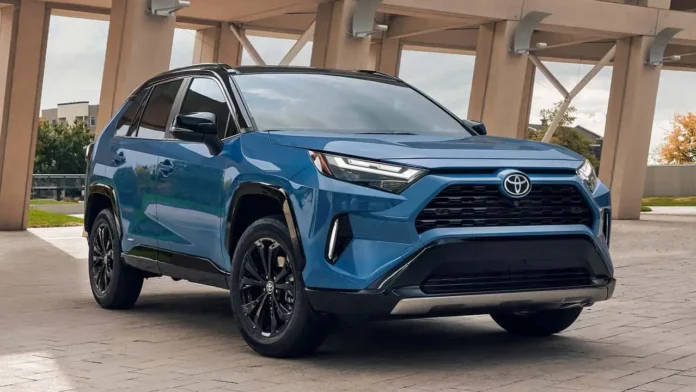Understanding the Complexity of Lithium-Ion Batteries
When it comes to electric vehicles (EVs), the battery is often seen as the heart of the operation. Lithium-ion batteries may have fewer components than traditional combustion engines, but they are laden with challenges of their own. The intricate interaction among materials in these batteries significantly affects an EV’s range, charging speed, performance, and overall lifespan.

QuantumScape’s Bold Leap: Ditching the Anode
Enter QuantumScape, a trailblazer in battery technology that believes eliminating the anode could be the key to enhancing EVs. With the innovative anode-free solid-state lithium-metal battery, QuantumScape aspires to unlock a new era of performance. Industry executives tout this chemistry as a game-changer delivering a “no compromises vehicle,” where driving range, safety, efficiency, and charging times can all shine without the usual trade-offs.
Overcoming Hurdles Before Hitting the Market
However, transitioning this technology from the lab to the showroom floor is no small feat. While the promise of a high-performing, anode-free battery is tantalizing, several technical hurdles must be addressed. These include scaling up production, ensuring safety, and achieving the desired performance metrics. Until these challenges are systematically resolved, QuantumScape and similar innovators will continue racing against the clock to make this vision a reality for consumers.



